Description
Mt. Kenya, at the helm of Kenya’s Central Province, is the second tallest peak on the continent of Africa and a commanding natural presence. The mountain itself is a single point inside a vast and surreal thicket of ascending national forest and active game protection communities. The central counties of Kenya extend from the center of the national park, like six irregular pie slices, with their points meeting at the peak of the mountain. It is along the lower edge of these forests where, in wet, high elevation communities with mineral-rich soil (Mt. Kenya is a stratovolcano) many believe the best coffees in Kenya, often the world, are crafted.
Kirinyaga county is one of the smallest and yet best known of these central counties, next to its neighbor, Nyeri. Year after year Kirinyaga coffees are beloved for their ripe fruit-forward profiles, many reminiscent of berry jam, mandarin, and lemongrass. Kenya’s coffee is dominated by a cooperative system of production, whose members vote on representation, marketing and milling contracts for their coffee, as well as profit allocation. The Guama processing station, or “factory” as they’re known in Kenya, itself has 1380 contributing farmer members, and is one of 12 factories that comprise its local cooperative society, Baragwi.
Farmers belonging to Guama average 400 coffee trees apiece. High FOB prices for great Kenyas, while the norm, are not a panacea, and in Kenya in particular the number of individual margins sliced off an export price before payment reaches the actual farms is many, leaving only a small percentage to support coffee growth itself, and most often this arrives many months after harvest. However, Kenya coffees are sold competitively by quality, which means well-endowed counties like Kirinyaga achieve very high average prices year after year, and the smallholders here with a few hundred trees at the most, along with additional employment or land uses in the highlands, are widely considered to be middle class.
Baragwi Farmers Cooperative Society oversees the operations of all 12 member cooperatives with a combined total of 16,000 farmer members. The group, common to cooperative societies country-wide, has a farmer-elected board with members from each sublocation. Kenya is of course known for some of the most meticulous at-scale processing that can be found anywhere in the world.
Tasting Notes: A very clean, exotic and balanced cup of coffee. Kenyan coffees are known for their acidity and spice tones; this cup hit the classic Kenyan cup profile on the head without being overwhelming like some (very balanced in its tones). Not quite sizzling but a very noticeable lemony floral tone upfront at the light to medium roast points balanced with some herbal spice and fading into a nice chocolaty tone that lingers on the tongue. Light roasts will swing the balance towards the floral citric side, darker roasts more towards the jazzy bakers chocolate alley. Holds up into 2nd crack for you dark roast fans. Low acidity and strong bittersweet chocolate tones with the traditional Kenyan spice note that leaves a very smoky tone on the pallet.
Roasting Notes: Like most stand-up lots, this coffee holds the lighter roasts very nicely but will have strong acidity – light roasts will only be for those who love the Kenyan acidity. As you slow down the roast or push it more to the medium mark, the cup balances out better yet still provides an exotic cup with clearly present acidity. The brighter tones will burn out around 2nd crack but the potency of the cup will only increase into the dark roasts.
*Brewing note – Kenyans like these can be very potent cups. For many, scaling back the amount of coffee grounds you use can provide a much more drinkable cup where more identifiable flavors can be found.
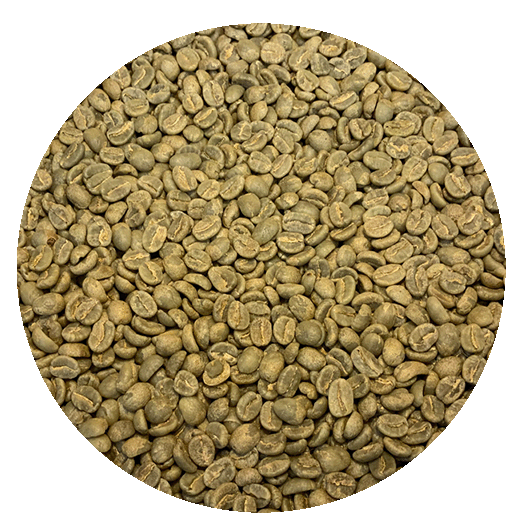
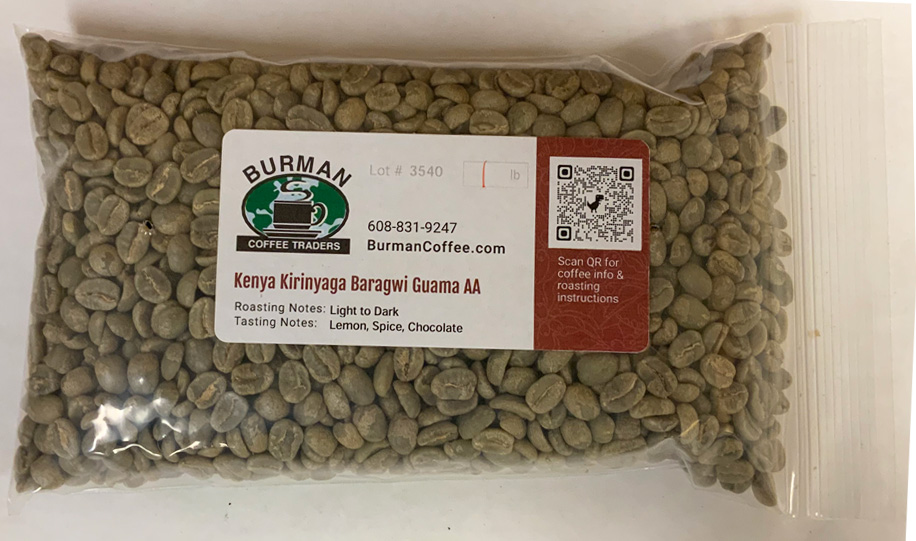
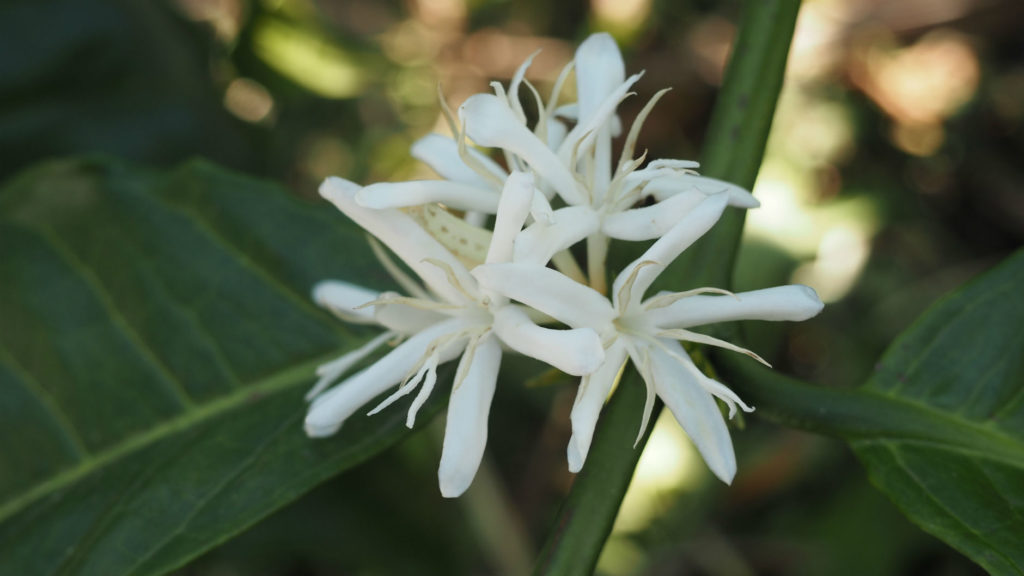
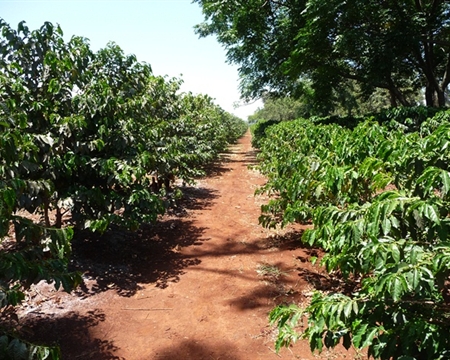
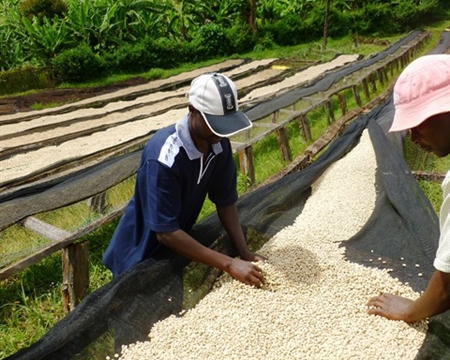
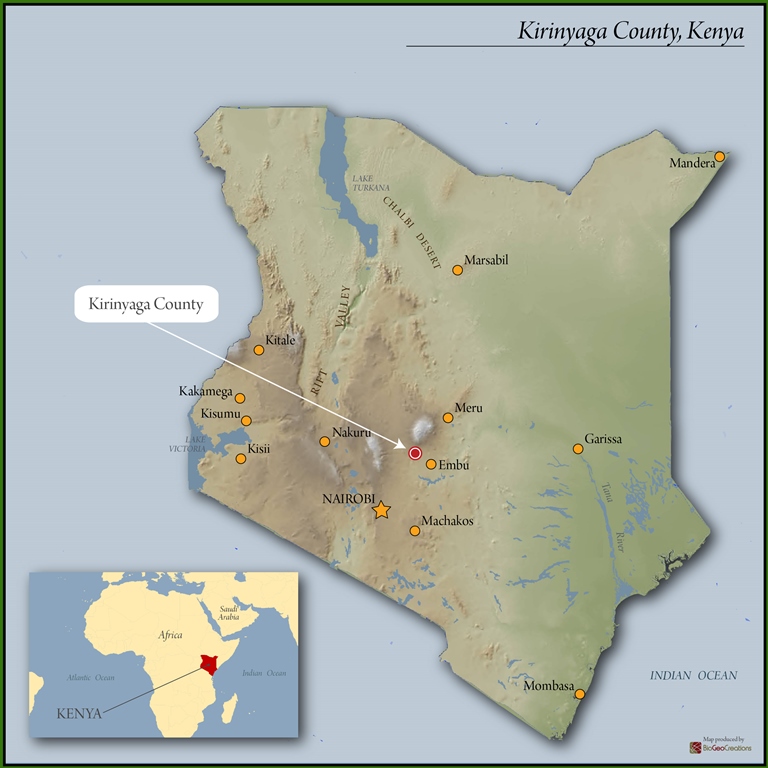
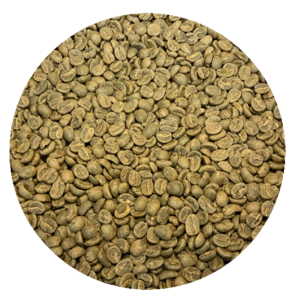
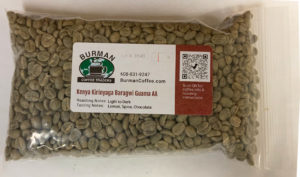
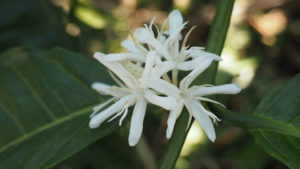
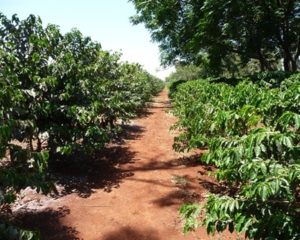
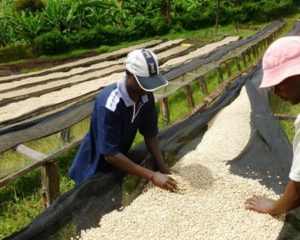
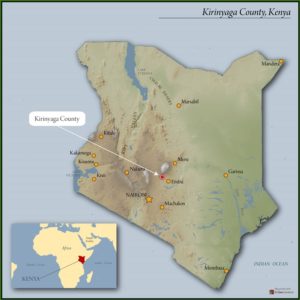
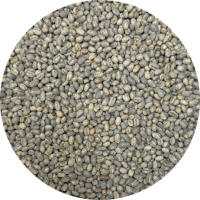
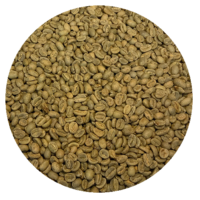

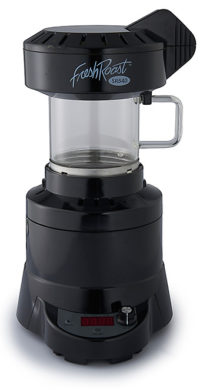

Reviews
There are no reviews yet.